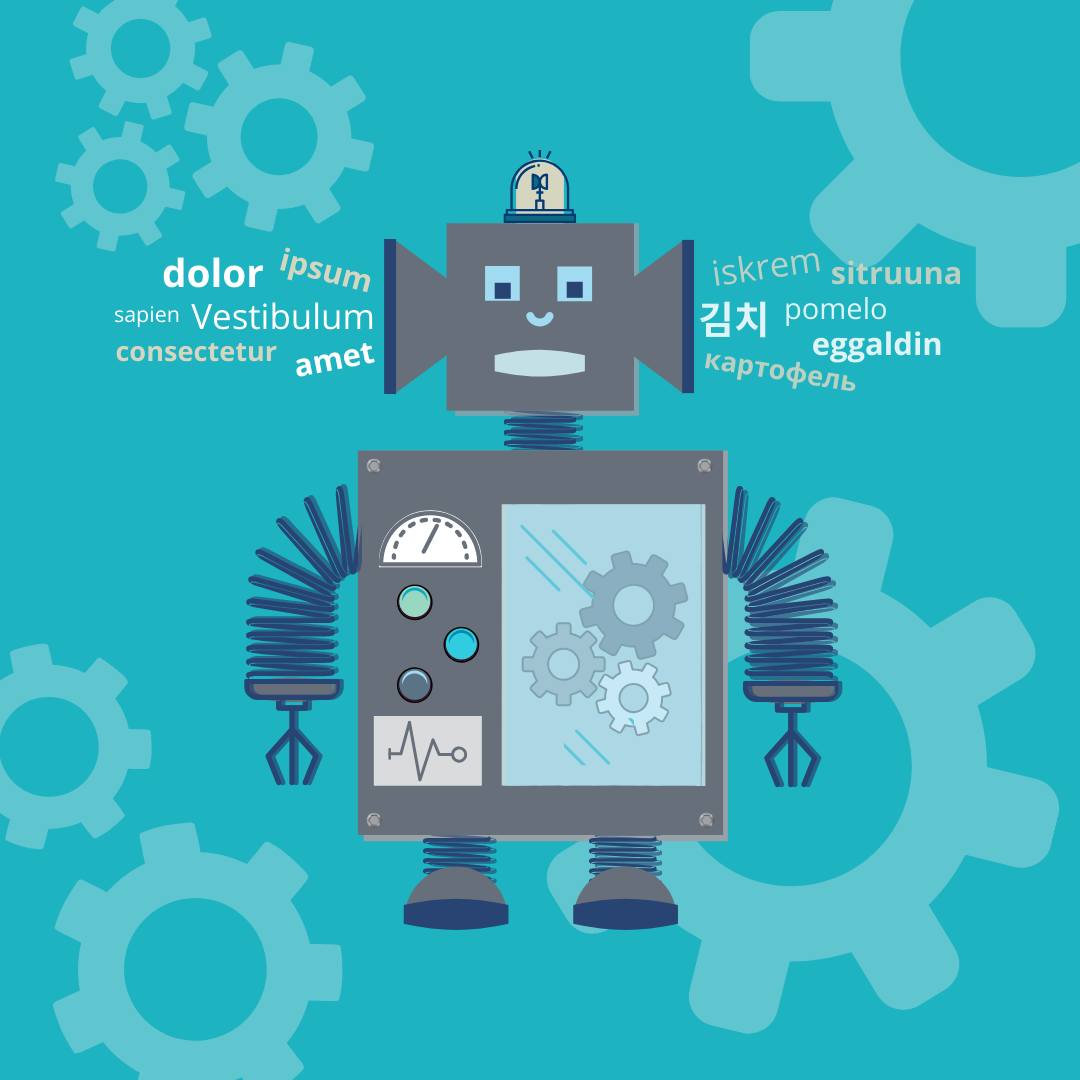Translated by Charlotte Doane
In the last three years, machine translation (MT) has made more progress than ever before. First created in the 1950s, MT now gives users of Facebook, YouTube and Google Chrome the option to have content translated into their own language, if it isn’t done automatically. New machine translation engines are undeniably producing better results than they used to, especially in technical and mass-market domains, although you’ll still notice the odd mistranslation or awkward phrasing.
This method of deep machine learning uses artificial neural networks, which are trained on a corpus of existing information and can develop the ability to self-correct, much like the human brain.
In 2016, Google introduced a new, much more effective version of its MT system. Then in 2017, the German company Linguee launched DeepL, a platform that was quickly dubbed the best on the market. Both of these recent advancements were backed by the same key development: a technique known as neural machine translation, or NMT. This method of deep machine learning uses artificial neural networks, which are trained on a corpus of existing information and can develop the ability to self-correct, much like the human brain. Internet giants such as Facebook, Microsoft and Amazon have seized this technology and used it to produce remarkable results in various areas of artificial intelligence, including visual and voice recognition.
But it has been a long road to these advanced technologies. Back in the ’50s, the first translation engines had to be hand-fed grammatical rules written by engineers. The sentences they produced were obviously machine-assembled, choppy and full of mistakes. It wasn’t until the ’90s that a new method based on statistical analysis changed the game, allowing engines to digest huge amounts of linguistic data and compare translated words and sentences to find the most probable match. But when NMT systems began to appear in the 2010s, major MT labs eagerly left those old methods behind, and the results speak for themselves. In 2017, Facebook announced that it had rendered its new translation systems nine times faster than before, without sacrificing output quality.
Although the translation was completed in record time, nearly 20% of it had to be modified by experts to obtain a satisfactory result.
Another milestone in MT was the French translation of Deep Learning, a scientific reference work on machine learning coauthored by Yoshua Bengio. French AI consulting firm Quantmetry produced the translation in partnership with DeepL, which provided the engine. Although the translation was completed in record time, it first required programmers to create a system of rules for translating mathematical formulas, and nearly 20% of it had to be modified by experts to obtain a satisfactory result. Still, the process was historic, topped off with even the cover image being “translated” by the MT engine.
The various machine translation companies that now exist are still perfecting their tools and expanding their businesses at the global scale. While Facebook works to integrate minority languages into its engine, encouraging communication between different linguistic communities, Google is expanding its contributor pool—currently estimated at over 10 million individuals—to continue adding new languages to its repertoire, which already includes over a hundred.
Despite the progress machine translation has made, it seems that the ancient profession of translator still has a few good years left.
These and other giants like Amazon or Baidu, the largest search engine in China, are also selling their translation services to other companies. Many businesses see machine translation as an opportunity to respond more easily and quickly to their international workforce’s need for instantaneous multilingual communication—and as a way to save on overall translation expenses.
Whether all this spells doom for translators remains to be seen. But despite the progress machine translation has made, particularly in specialized domains such as medicine and tourism, it seems that the admittedly ancient profession of translator still has a few good years left. The best tools for decision-making in translation are the products of our own neural networks—culture, emotion, intuition, critical thinking and context—these capacities still lie squarely beyond the limits of machines.
This article is part two of our series on machine translation. Read parts one and three.



